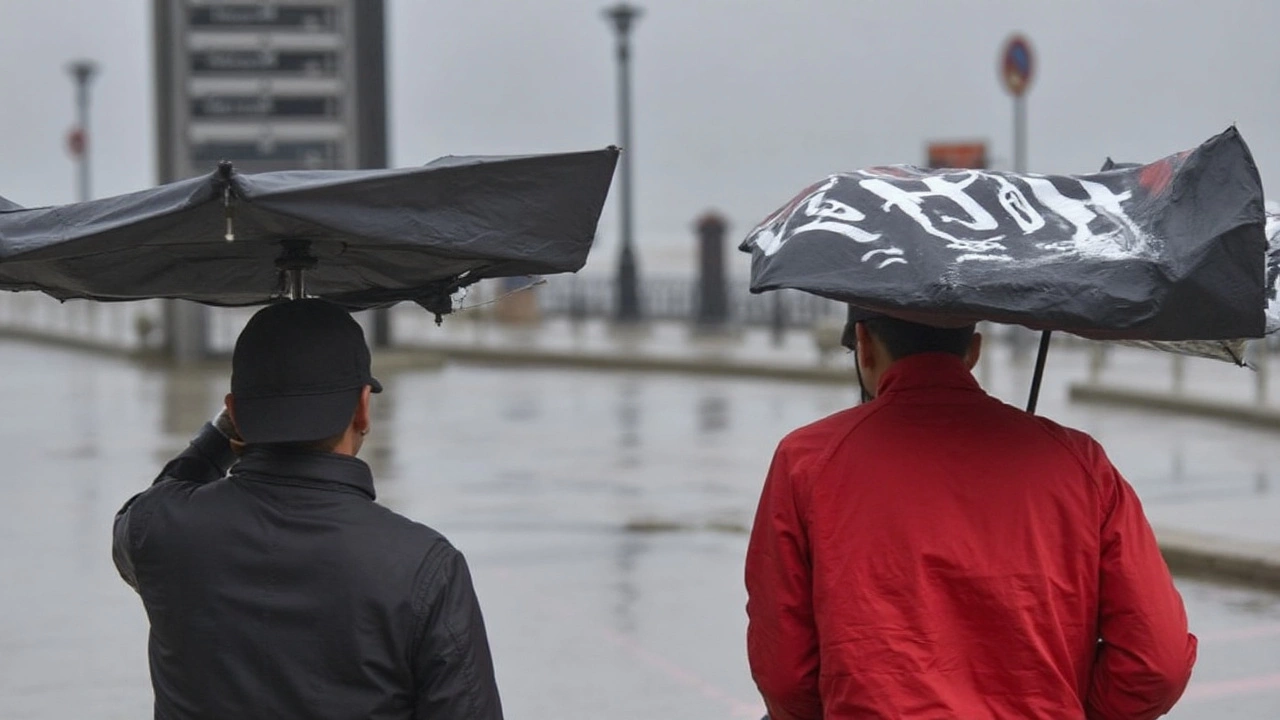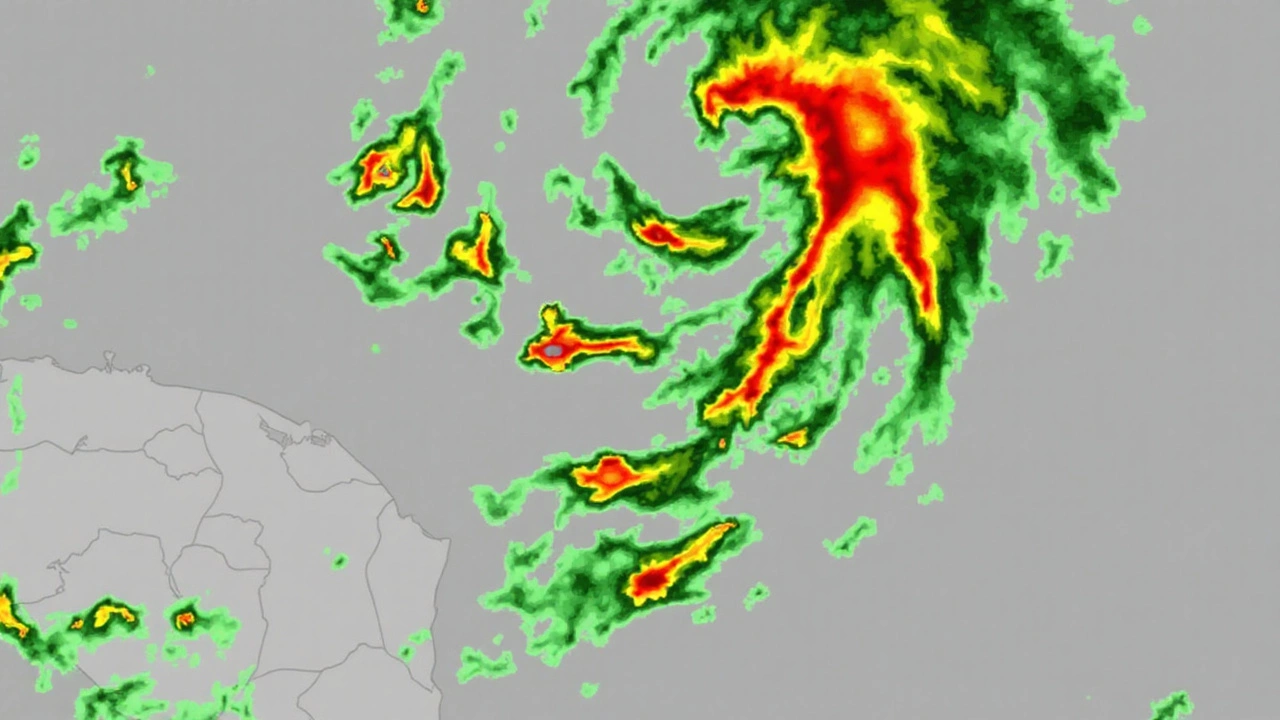Hurricane Erin Smashes Into Record Books With Rapid Fire Strengthening
Hurricane Erin’s name is now burned into Atlantic hurricane history. On August 16, 2025, Erin roared into a powerful Category 5 hurricane, hitting maximum winds of 160 mph as it churned over the central Atlantic. What’s really wild? Just hours earlier, it had been a far tamer Category 1. Meteorologists say this dramatic jump is exactly what keeps forecasters up at night—explosive rapid intensification over ocean waters warmer than anything seen before this season.
The birth of Erin traces back to a tropical wave rolling away from Cape Verde on August 11. At first, the system was barely hanging onto tropical storm status thanks to only mildly supportive weather conditions. But once it passed Cape Verde and moved toward the Lesser Antilles, it found its sweet spot. By August 15, Erin had powered up into full hurricane strength, and the stage was set for the madness that followed.

Atlantic Waters Fuel a Monster—And Coastal U.S. Prepares
After reaching Category 5, Erin has danced back and forth between Category 3 and 4, but don’t let those numbers lull you. This is still a big and dangerous storm. As of August 19, Erin is a large Category 4 system with 130 mph winds, spinning about 750 miles south-southeast of Cape Hatteras, North Carolina. Its hurricane-force winds stretch up to 80 miles from the center—plenty wide to cover entire towns and communities if it veers closer to land.
So, is Erin coming ashore? The latest updates from the National Hurricane Center suggest the eye will swing between Bermuda and the U.S. East Coast, avoiding a direct hit but still pushing life-threatening surf and dangerous rip currents towards America’s beaches. The Outer Banks in North Carolina aren’t taking chances—evacuation orders are already in play to prepare for possible coastal flooding.
The risks extend far from the storm’s center. Even if your town is hundreds of miles from Erin’s path, impacts like beach erosion, strong currents, and quick-changing weather can leave people in trouble fast. Local officials up and down the Atlantic coast are watching closely and urging folks not to ignore warnings, especially with summer tourism in full swing.
Erin’s power has already brought tragedy. When the system passed Cape Verde, especially São Vicente island, it dropped a stunning 178 millimeters (7 inches) of rain in just five hours. The resulting flash floods killed nine people and led to disaster declarations for the islands of São Vicente and Santo Antão. These numbers are not just statistics—they represent real families and communities already hit hard well before the storm’s peak.
Why did Erin gas up so quickly? Here’s where climate science gets personal. Ocean temperatures under Erin’s track were prime for rapid growth. Scientists have pointed to human-driven climate change, saying waters this hot are up to 100 times more likely now. The Atlantic has absorbed much of the world’s excess heat, with a whopping 93% of that heat coming from carbon emissions since the 1970s. When storms like Erin tap into that warmth, they can quickly become monsters, and the risks to coastal living just keep rising.
Meteorologists around the Atlantic are glued to Erin’s every move as it barrels northward. As the storm swells and shifts, the next few days will tell just how much of a punch it delivers, not just at sea but all along the U.S. eastern seaboard—with lingering threats from intense waves, storm surges, and severe changes in marine conditions. Anyone near the coast is keeping an eye on the forecast. This hurricane season just saw its first major act—and nobody’s sure what’s coming next.

Write a comment